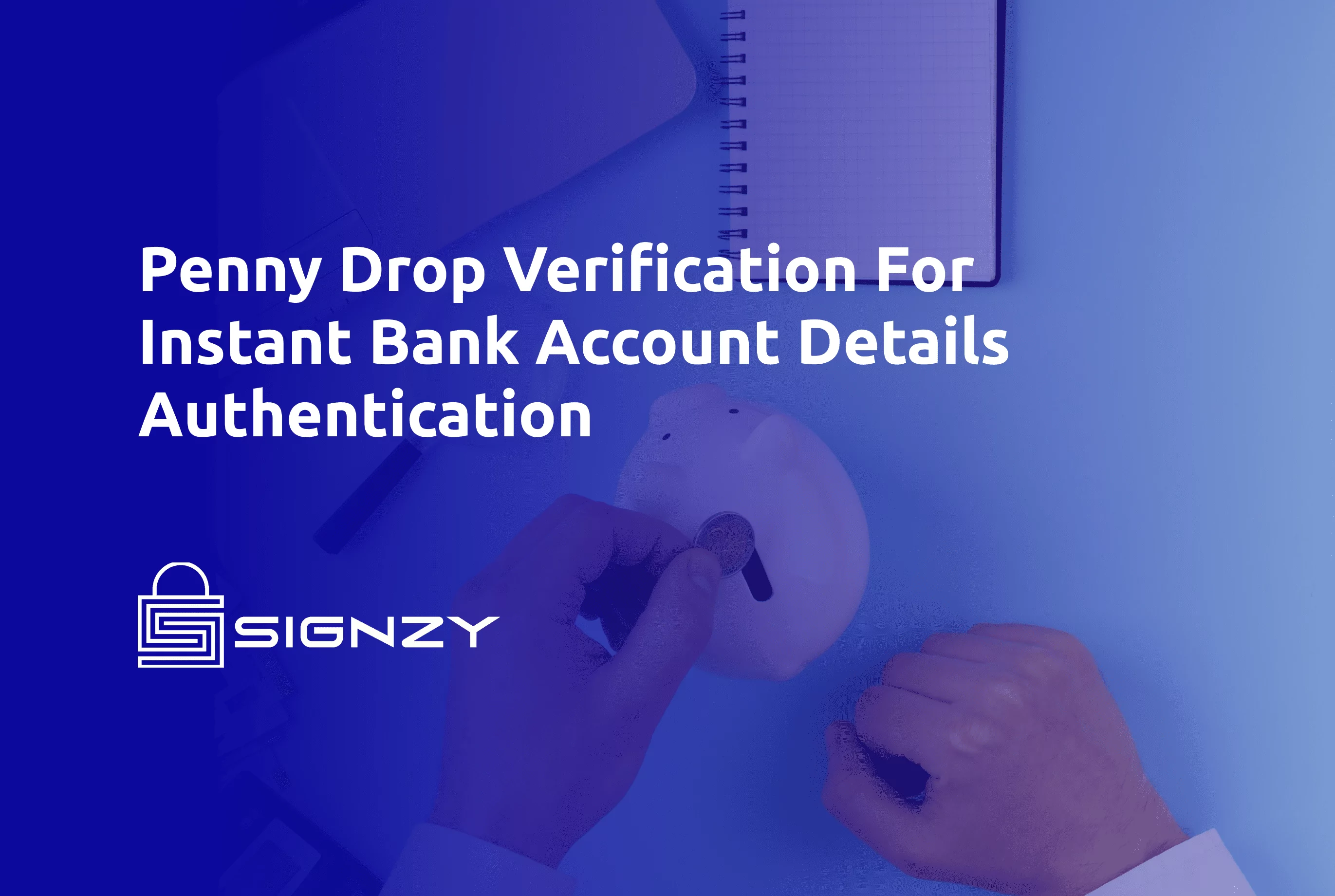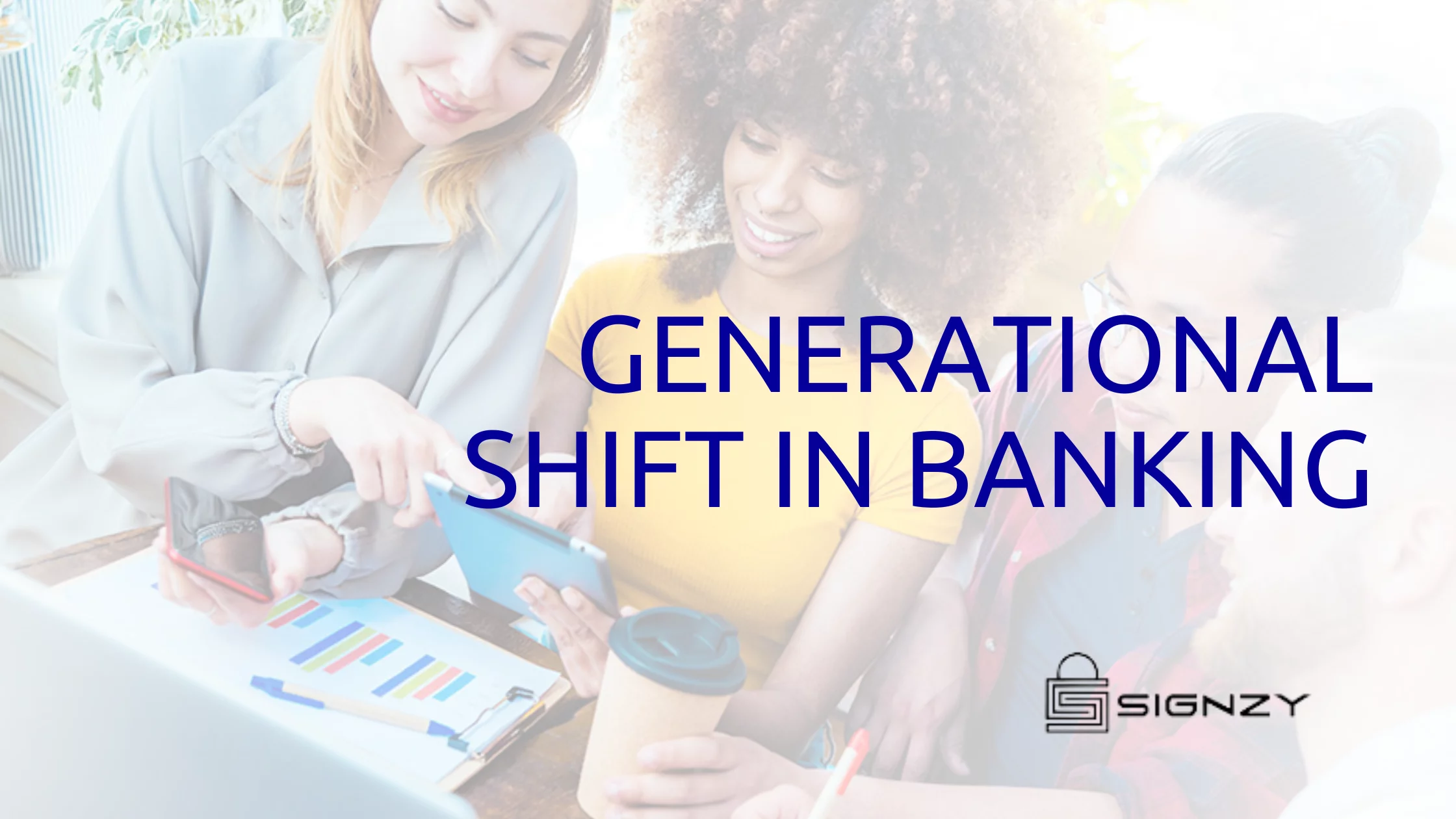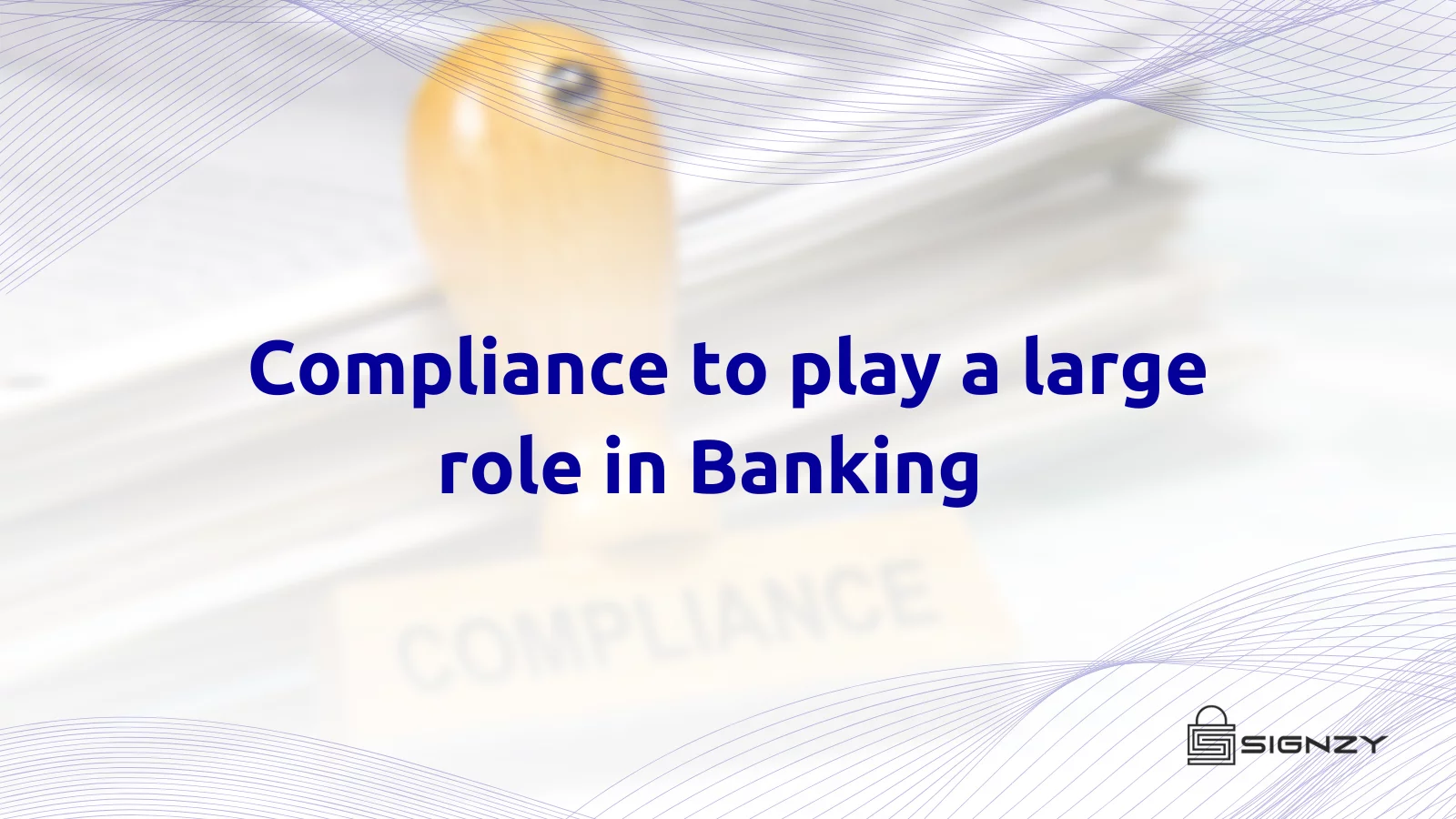Someone transferred Rs 1 to my account through IMPS. Is someone trying to steal the money?
I got a message saying Re. 1 was transferred to my bank account through IMPS. I did not initiate any such transaction. What is it?
What possible fraud could be if someone credited only Re 1 to my bank account through IMPS?
Somebody has deposited an amount in my account through IMPS. My bank statement needs to show his name. Is it possible to know who has sent this amount?
How can I find out who credited money to my bank account through IMPS?
Why have I gotten a message from SBI that ₹1 has been credited to your account through IMPS, even though I have not done any transactions?
You might be trying to figure out why I’ve received ₹1 in my bank account when I haven’t initiated any transaction.
The answer is simple.
Penny Drop verification!
What is Penny Drop Verification?
Penny Drop Verification is a type of method under instant bank account verification that financial institutions use to validate and ownership of a bank account. In this process, a small amount of money is deposited into the specified bank account. The account holder must then confirm the exact amount of this micro-deposit, proving they have access to and control over the account. This helps ensure that the account holder details provided are accurate and that the account is active.
It is a method in bank account verification to diligently determine bank details’ authenticity, validity, and account ownership by entering the bank account number and IFSC code.
Why did you receive ₹1 from Signzy in my bank account?
Let’s understand from an example.
Raj is working in a corporate firm seeking a loan from a leading private bank for his personal use. The bank has already done its KYC process and Raj is waiting for approval from the bank. Meanwhile, the bank as a part of the compliance process, needs to validate the details of his provided bank account to perform bank account verification for account ownership and credibility for the loan payout.
The bank uses this method to verify the bank account details instantly. In this process, the bank transfers a micro-deposit of ₹1 to the bank account to validate the beneficiary name, mobile number, and account status for a loan payout.
It is a type of bank account verification that instantly validates the account ownership and credibility of the bank account details.
The big question: But I haven’t taken a loan from any bank.
Correct. Bank account verification is done by a firm, business, or bank when they need to validate the account’s credibility and account status. There could be multiple reasons why you have received ₹1 in your bank account.
Bank account verification: The Use cases
Banks
Use Case: Customer Onboarding and Account Opening
- Purpose: To ensure that new customers’ bank accounts are valid and belong to them.
- Process: During the onboarding process, banks perform bank account verification to deposit a small amount into the customer’s provided account, for account ownership and validity check.
- Benefit: Reduces the risk of fraudulent accounts and ensures compliance with KYC (Know Your Customer) regulations and be compliant with regulatory requirements.
Payment Service Providers
Use Case: Merchant and User Account Verification
- Purpose: Verify merchants’ and users’ bank accounts for secure transactions and payouts.
- Process: Payment service providers use bank account verification verification to validate the bank accounts linked to their platform. This ensures that the account details provided are correct and that the account is active.
- Benefit: Enhances the security of the payment process, reducing the risk of payment failures and fraud.
Microfinance Institutions
Use Case: Loan Disbursement
- Purpose: To confirm the bank accounts of borrowers before disbursing loans.
- Process: Before releasing funds, microfinance institutions perform bank account verification to ensure the accuracy of the borrower’s account details.
- Benefit: Prevents disbursing loans to incorrect or fraudulent accounts, ensuring that funds reach the intended recipients.
Wallet Service Providers
Use Case: Linking Bank Accounts for Fund Transfers
- Purpose: Verifying bank accounts linked to digital wallets for seamless fund transfers and payouts.
- Process: Wallet service providers use bank account verification to ensure that the linked bank account is valid and controlled by the wallet user.
- Benefit: Ensures secure and accurate fund transfers between the wallet and bank accounts, improving user trust and platform reliability.
Equity and Investment Firms
Use Case: Investment Account Funding and Withdrawals
- Purpose: To verify the bank accounts of investors for funding investments and processing withdrawals.
- Process: Investment firms use bank account verification to validate investor bank details before allowing deposits and withdrawals.
- Benefit: Reduces the risk of errors and fraud in financial transactions, ensuring that funds are transferred to and from legitimate accounts.
Marketplaces
Use Case: Vendor and Seller Payouts
- Purpose: To confirm the bank accounts of vendors and sellers for accurate payouts.
- Process: Marketplaces perform bank account verification for vendors and sellers to ensure that payout information is correct.
- Benefit: Ensures timely and accurate payouts, improving vendor and seller satisfaction and reducing administrative overhead.
Insurance Companies
Use Case: Policyholder Payouts and Premium Collection
- Purpose: To verify the bank accounts of policyholders for processing claim payouts and collecting premiums.
- Process: Insurance companies use bank account verification to confirm the bank details of policyholders, ensuring that transactions are conducted smoothly.
- Benefit: Ensures that claim payouts are made to the correct accounts and that premium collections are accurately processed, reducing the risk of financial discrepancies and fraud.
Is it legal for Signzy to perform bank account verification without my knowledge?
Signzy works as a verification agency on behalf of banks, investment firms, payment service providers, etc., to ensure the details provided by beneficiaries during the onboarding process, are valid and eliminate any fraud instances of identity theft, account takeover, etc., while being 100% compliant to regulatory laws.
Signzy does not store any sensitive information about its clients. With 100% assurance, we validate bank accounts based on the client’s request and for verification purposes only.
How to stay protected from fraudulent accounts?
Every time you receive money in your bank account, the amount is displayed in your SMS template to two decimal places. In a hurry or when you’re not focused, you can read Rs 200.00 as Rs 20,000. This is another reason con artists don’t allow you much time to respond to their schemes.
For example: Received Rs 200.00 in your Bank AC X4182 from 123456789@sbi on 29-05-24. UPI Ref: 123456789123.” This is the template of a UPI money received SMS.
Here are some suggestions to avoid falling into this kind of UPI scam:
- Always double-check your payment requests: Before approving any UPI request, double-check who sent it and whether it is a request to pay or receive money. Be aware of sudden financial requests.
- Verify sender information: If you receive a payment request from an unfamiliar source or for an unexpected amount, phone or message the sender to confirm their information.
- Be wary of unwanted texts and collection requests: Scammers frequently send unsolicited messages with misleading or false claims. Do not respond to or authorize any requests without first validating the sender’s identity and the transaction’s purpose.
Key Points to Consider for Bank Account Number Verification in India
Bank account number verification is crucial for protecting individuals and businesses from fraud, ensuring compliance with all regulatory requirements for instant verification, and fostering trust within the financial ecosystem. Despite its apparent simplicity, navigating the complexities of bank account verification in India can be challenging. Here are key considerations:
Guidelines and Best Practices
- Choosing the Right Method: Select robust verification methods such as API integration to achieve real-time accuracy and enhanced security.
- Data Accuracy: Prioritize the accurate collection of customer information and thorough document validation to minimize discrepancies and errors.
- Transparency and Communication: Keep customers informed about the verification process, necessary documentation, and any potential delays.
- Security Infrastructure: Invest in strong data security measures and adhere to best practices for data protection.
Importance of Accurate Data
- Fraud Prevention: Implementing instant verification of bank details and ensuring data accuracy reduces the risk of identity theft, financial scams, and money laundering.
- Streamlined KYC: Accurate information facilitates the Know Your Customer (KYC) process, leading to faster onboarding and smoother transactions.
- Reduced Financial Losses: Verified accounts result in fewer chargebacks, fraudulent transactions, and disputes.
Bank account verification: New age of account verification
Are you a business, a bank, a PSP, or an investment firm looking for a bank account verification process with account number and IFSC code or UPI handle?
Signzy provides multiple bank account verification methods to ensure account credibility and ownership as per your business requirement, onboarding, and verification process.
Intelligent auto-routing for penny drop verification
Eliminate the risk of fraudulent accounts with AI-enabled auto-routing during penny testing and know the exact reason for verification failures such as account frozen or closed, perform bulk account verification in one go via simple Excel/CSV upload, utilize our proprietary name match score for additional authentication, and maintain a complete audit trail for transparency and compliance.
Verify beneficiary account ownership with reverse penny drop
Authentication mechanism for proactive fraud prevention, increase accuracy for real-time account verification, and maintain a complete audit trail for transparency and compliance.
Validate any UPI handle to ensure secure transactions
Instantly verify bank accounts linked with UPI IDs, increase accuracy for real-time account verification, verify accounts on the fly for accurate onboarding and payouts, and perform bulk account verification in one go via simple Excel/CSV upload.
Verify bank details with the IFSC code
Get a weekly updated IFSC code list for instant and accurate verification of bank details, instantly know whether IMPS is enabled, and perform bulk account verification in one go via simple Excel/CSV upload to the system.
About Signzy
Signzy is a market-leading platform redefining the speed, accuracy, and experience of how financial institutions are onboarding customers and businesses – using the digital medium. The company’s award-winning no-code GO platform delivers seamless, end-to-end, and multi-channel onboarding journeys while offering customizable workflows. In addition, it gives these players access to an aggregated marketplace of 240+ bespoke APIs, easily added to any workflow with simple widgets
Signzy is enabling ten million+ end customer and business onboarding every month at a success rate of 99% while reducing the speed to market from 6 months to 3-4 weeks. It works with over 240+ FIs globally, including the 4 largest banks in India, a Top 3 acquiring Bank in the US, and has a robust global partnership with Mastercard and Microsoft. The company’s product team is based out of Bengaluru and has a strong presence in Mumbai, New York, and Dubai.
Visit www.signzy.com for more information about us.
Contact us directly!





